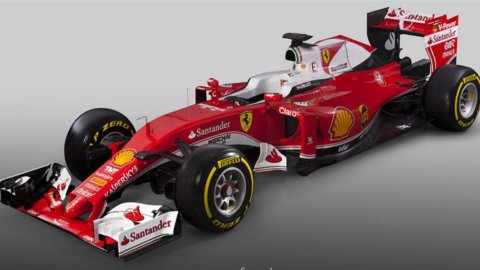We wrote in previous articles that the Coronavirus would like to deprive us of three fundamental aspects of relationships between individuals: the Hugs, the kisses and hands that are tightened. Then, suddenly, looking around, we realized that another aspect was missing which is perhaps the most important: the gaze. We were all taken by the "social distance", by always having to have clean hands as when entering an operating room and we weren't realizing that the "masks" (perhaps defined in a diminutive way only because they cover half of the face) are taking away from us the emotions that the eyes alone are unable to communicate. This object, which runs the risk of becoming the icon of this time, cuts and subtracts the horizon of the person we are facing exactly in half.
The gaze, therefore, as the primordial building block of relationships between people, as the first obligatory step on the path of relationship, of human contact which is first and foremost visual and only subsequently could it also be physical. A person's face is painted in its entirety, with the contraction or relaxation of the facial muscles that induce and describe feelings, joys and fears. The gaze details and expresses the soul, the nature of one's essence, enclosing the two temporal declinations of our existence: the past and the present.
We focus on the gaze and not on its most significant part, the eyes, because it is its entirety that is attacked by the "masks" which, at least for now, leave them free to observe and be observed.
How could art fail to grasp this pillar of the human condition? In the same way as for the other topics we have dealt with, all the figurative arts have grappled with this expression. First of all, painting which, precisely in the portraits, in the expressions of the characters that were represented, placed its fortune in the possibility of making the face of the person depicted eternal. Photography arrives in the modern era, replicable countless times with the magic of its immediacy, of the possibility of crystallizing an expression in the micrometric moment in which it manifested itself, unlike painting which requires long exposure times. Just one example, total and absolute: the gaze of the Mona Lisa. What else can be said not only of her eyes, but of her whole expression, of the enigmatic and mysterious meaning of her image? Could we talk about the colors, the landscape behind her? No: only and only the gaze, in full, in the oval that encloses her face. A risky but perhaps effective comparison comes to mind: the photograph of the young Afghan woman, Sharbat Gula, immortalized by Steve McCurry in 1984. It was an image that struck more than a thousand others referring to the same war circumstance and only of it will keep memory.
The religious gaze is no less relevant: first of all the Face of Jesus represented in the Holy Shroud comes to mind, symbol and icon of the earthly presence of the Son of God and it is his gaze closed in the shroud that represents and communicates all the evocative power of the Divine mystery . From then on, countless faces and gazes of Madonnas that only in their expression, in the composition of the eyes and the rest of the face, conclude the sense of maternal love,
Sculpture was no less and, even before painting, was able to convey through the gaze the fullness of the message that the person or divinity represented intended to communicate. Think of the statues of Roman emperors, at a time when ordinary citizens were not able to enter his presence and therefore only his marble or bronze effigy was able to offer his authority. Speaking of bronzes: certainly those of Riace complete a large part of their beauty and descriptive strength in their physicality, in the primordial nature of their human essence, but how can we not observe and be surprised by their gaze which, fortunately, has remained intact. Still on the subject of images, we can recall that it was precisely through the gaze, albeit in profile, placed on one side of the coins that the constituted authority was represented and communicated. Finally, to arrive at the modern era, we limit ourselves to mentioning the sculptural gazes of Amedeo Modigliani with his enigmatic and mysterious "heads" as universal and transcendent as few others have been able to represent.
Finally, a reference to the gaze in cinema is obligatory. The "close-up" of the actor often sums up the plot, the script, of the film. In the eyes, in the expressions of the actor taken up close and brought back to the big screen, the soul of the story is concentrated and encapsulated. The cinematographic gaze, much less than the television one, is the vehicle of the emotions that are projected. We mention only a few of those we consider most significant: Marlon Brando in ApocalypseNow, Humphrey Bogart and Ingrid Bergman in Casablanca. We could not close this part without remembering who made the gaze his narrative signature: Stanley Kubrick. From 2001 A Space Odyssey to The Shining, they wouldn't be the same movies without the spacey looks of Moonwatcher and the hallucinated ones of Jack Nicholson.
No, no mask ... it cannot and must not represent this horrible parenthesis of this time.





